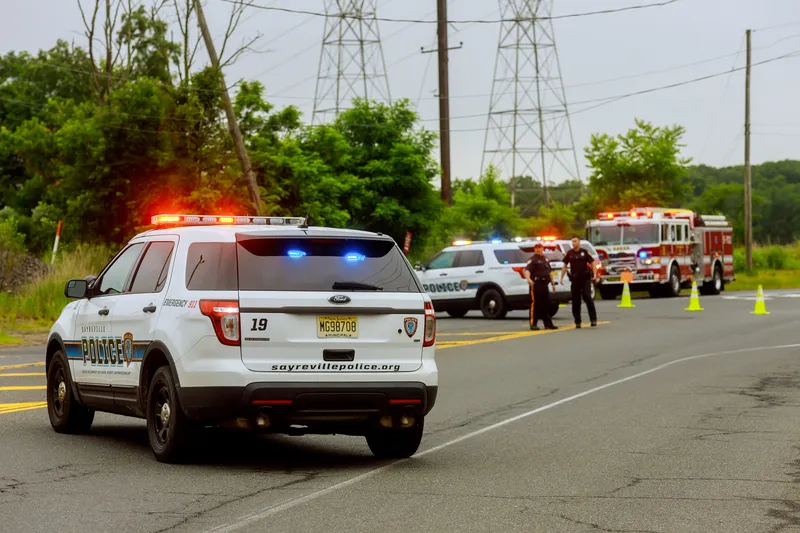US Transportation Secretary Anthony Foxx has announced US$5.37 million in grants from the
"We are building projects faster and at less cost to taxpayers, without compromising safety, because of the investments being made through this program," said Secretary Foxx.
"Saving money on one project means we can make improvements to critically needed infrastructure in communities elsewhere and that's smart investing."
The funding comes from the FHWA Accelerated Innovation Deployment (AID) Demonstration program, which will ultimately invest US$30 million in incentive funding for federal, state, local and tribal government agencies to hasten their use of these innovative methods. The AID program builds on the success of the agency's ongoing Every Day Counts (EDC) initiative, a partnership between the FHWA and state and local transportation agencies to accelerate the deployment of innovative methods and cutting project delivery times.
"We're proud to be a partner in this by providing the financial impetus to get these efforts off the ground and bring higher quality, more durable roads and bridges built using proven, state-of-the-art tools and technologies," said Acting Federal Highway Administrator Gregory Nadeau. "The states and local communities receiving these AID grants are breaking ground when it comes to putting better techniques in road- and bridge-building in place."
Funding to speed innovation in US transportation projects
US Transportation Secretary Anthony Foxx has announced US$5.37 million in grants from the Federal Highway Administration (FHWA) designed to accelerate deployment of innovative road and bridge work. The funds will be used to offset the cost of pioneering highway project delivery in six states.
December 22, 2014
Read time: 2 mins










